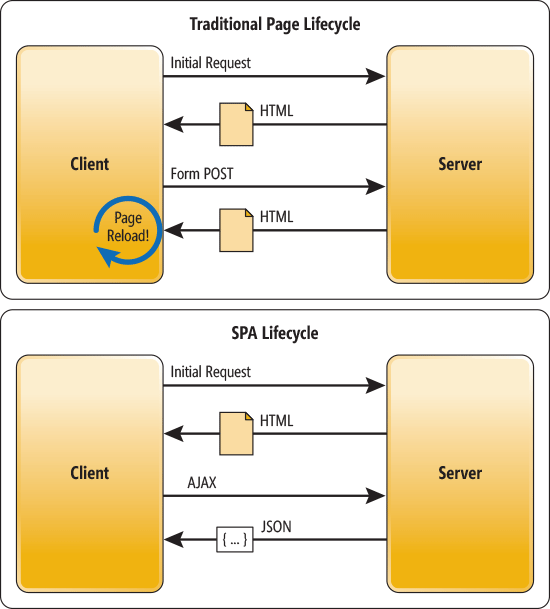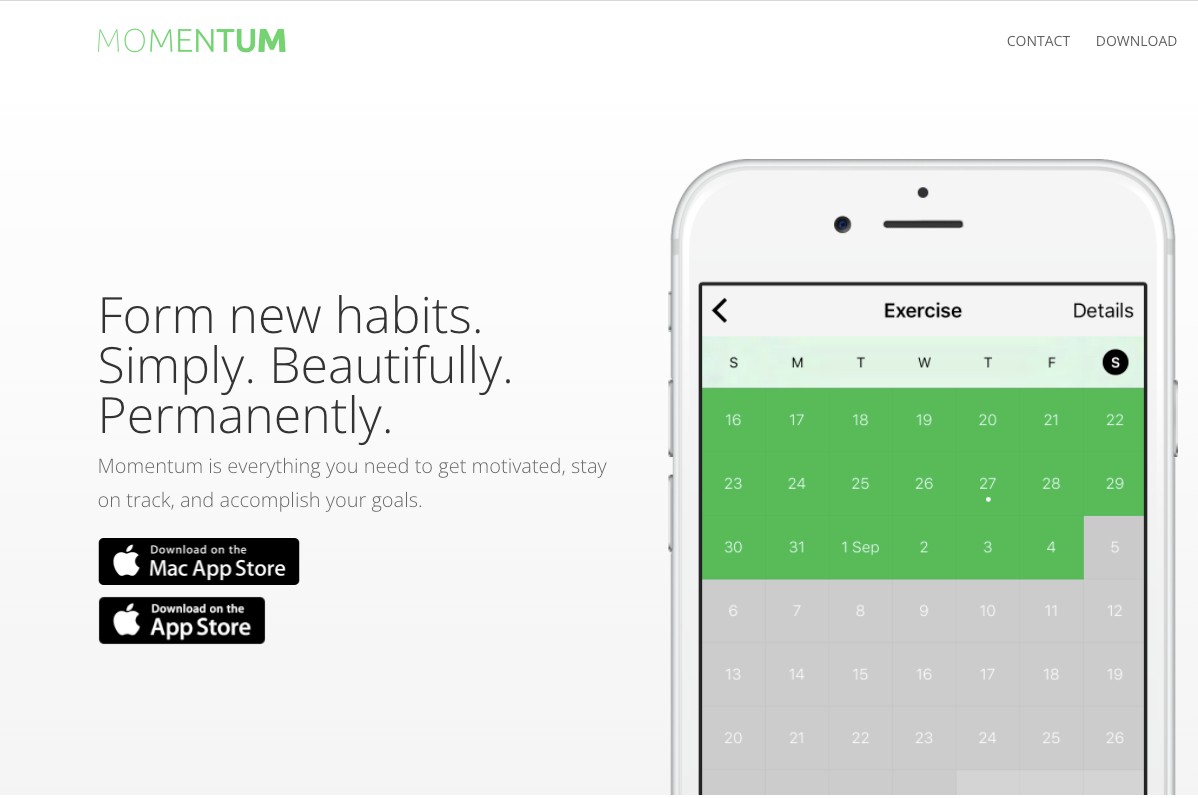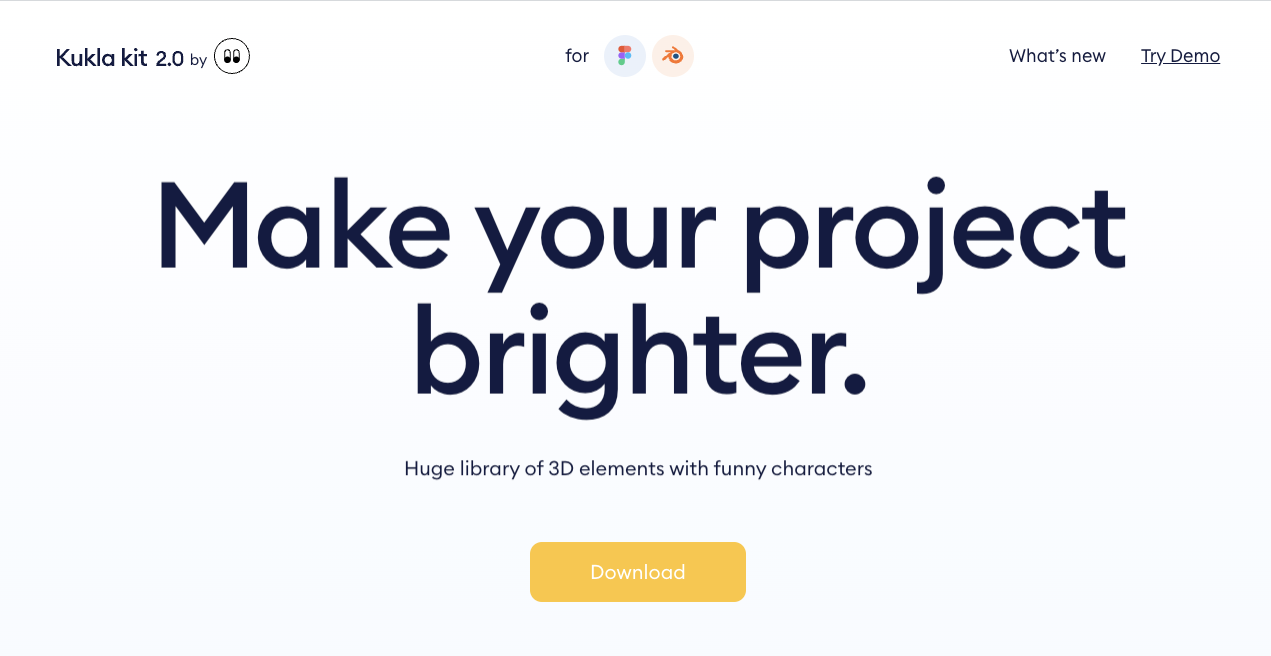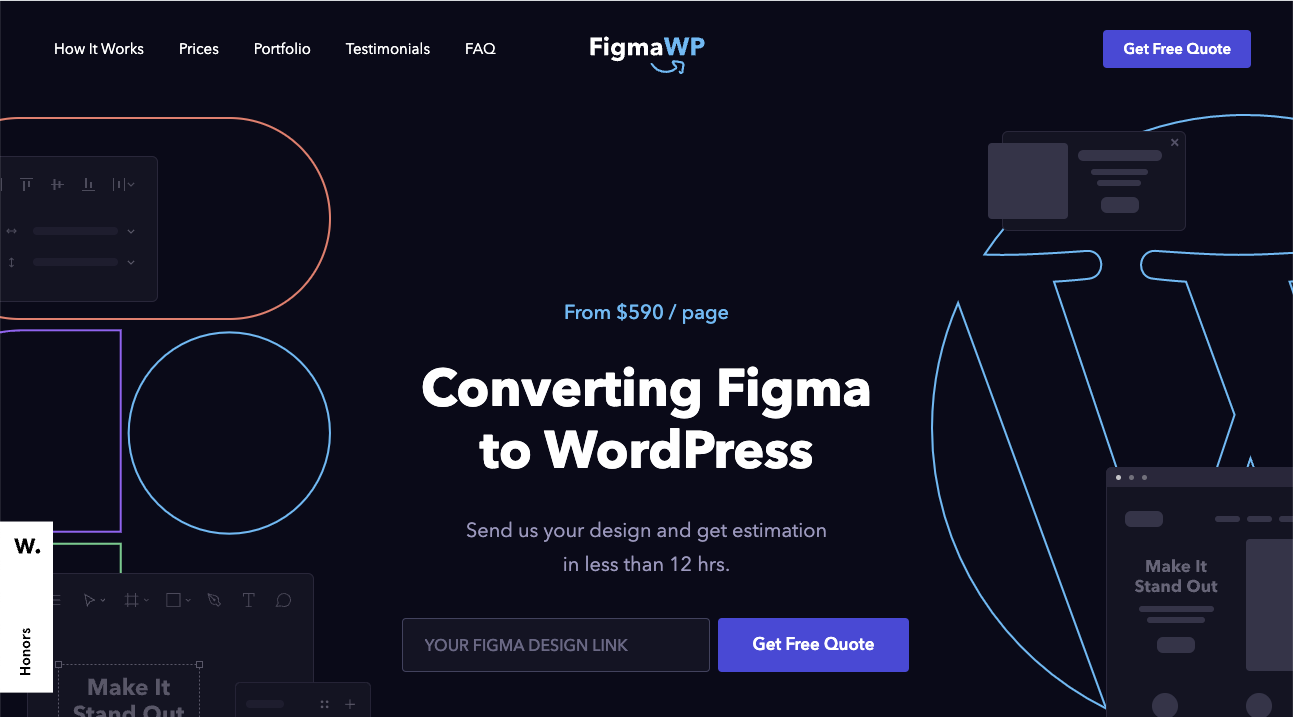Single-page websites have gained popularity in recent years, particularly among companies advertising a single product and those targeting a specific niche.
The question is whether single-page websites are good or bad for SEO. Could a single-page site hurt your chances of ranking on Google?
Let’s look at some single-page website examples and discuss the pros and cons to see if we can find an answer.
What Is A Single-Page Website?
A single-page website is slightly different than a one-page website. One-page websites are literally one-page; there are no navigational links to give you the illusion that the page is changing.
A single-page website is a type of single-page application (SPA) that dynamically displays content from the server in response to user interaction versus loading the page as a whole.
Users click on navigation links to jump (or scroll) to destinations further down the page. This interaction gives the impression that the page is changing; however, there is no page refresh.
Below is an illustration to see the difference between how a traditional page interacts with the server vs. how a single page interacts with the server.
 Screenshot from Microsoft, March 2022
Screenshot from Microsoft, March 2022Example Of Single-Page And One-Page Websites
Not sure what I’m talking about? Let’s take a look at a few examples of how this style of web design is being used.
One-Page Website For An App
Momentum is an example of a one-page website for an app. The seamless user experience keeps users focused on the only goal: download the app.
 Screenshot from Momentum, March 2022
Screenshot from Momentum, March 2022One-Page Website For Ecommerce
Kukla kit is a great example of how ecommerce sites can utilize a one-page site design.
Online shops can include a ton of information on that product by using the landing page to sell the collection while keeping attention on a singular call to action: buy (download) now.
 Screenshot from Kukla kit, Macrh 2022
Screenshot from Kukla kit, Macrh 2022Single-Page Website For An Event
You Gotta Love Frontend is a nonprofit event for developers.
What I love most about this example is that the main details (about, schedules, contact) are all on one page, while information about past events is available on subdomains.
 Screenshot from You Gotta Love Frontend, March 2022
Screenshot from You Gotta Love Frontend, March 2022Single-Page Website For A Niche
Startup Figma has one service targeting a niche audience, users seeking to convert their Figma design to WordPress.
The sleek site uses main navigation to scroll users to the single-page section of most interest while controlling the user’s journey to conversion: requesting a quote.
 Screenshot from Figma, March 2022
Screenshot from Figma, March 2022SEO Pros And Cons
As you can see, single-page websites look great and are fun to build, but are they good for SEO?
It seems like there are two schools of thought on this subject. So, I’ll explain the pros and cons of having a single-page website.
Pros
First up, let’s take a look at some of the pros, or benefits, of using single-page web design.
Better Mobile Experience
In 2019, Google announced they are working towards switching over to mobile-first indexing so having a website that performs well on mobile is a must.
One of the major advantages of the single-page design is that the sites typically convert much easier to mobile, and users find them simple to navigate.
They also load much faster than multi-page sites, which is a huge bonus for most users who don’t have the patience to wait longer than a few seconds for a site to load.
In addition, some people find it difficult to click on additional pages or tabs on a small device, such as a smartphone, so having a single page site is a blessing for those with not-so-thin fingers.
Target A Specific Audience
Single-page websites are great for targeting a specific audience and providing them with a certain type of user experience.
It’s easy to control their behavior on your site and steer them in one particular direction if you don’t have to worry about them clicking on various pages, possibly in the wrong order.
With a single-page site, all the information you want users to access can be presented to them on one page, in whatever order you choose to suit the needs of your business.
In SEO terms, this can be important if there is only one keyword or set of keywords you’re worried about targeting.
Links are one of the largest factors that determine how well a website ranks and the benefit that a single-page website has going for it is that every link acquired will point to the main URL, so there will always be a 1:1 ratio of links to pages.
Cons
Given the nature of all your information is on only one page, there are bound to be drawbacks.
Here are some ways that having a single-page website can be bad for SEO.
Limited Keyword Targeting
Unfortunately, there are some SEO drawbacks to single-page sites – keyword rankings being one of them.
Single-page sites are generally supposed to be designed around one main concept, which limits your ability to rank for a wide variety of keywords.
If you depend heavily on Google to find new customers, then you might be better off creating a multi-page site that incorporates different keywords into each page to attract a wider audience.
But, if Google search isn’t the main priority for your company, the lack of keyword ranking shouldn’t pose a problem.
Content Lacks Detail
Another downfall to single-page sites is that their content is generally not as specific as what publishes on multi-page sites.
You don’t have the luxury of devoting a separate page for each topic you want to cover; instead, all your information needs to be on one page.
It’s impossible to cover the same amount of information on one page as it is on multiple pages.
Visitors looking for detailed, relevant content on specific topics might leave disappointed with the lack of relevant content.
Minimal Advanced SEO Strategies
Advanced SEO strategies and best practices aren’t available when working with a single-page site.
Take, for example, siloing.
Content siloing is the practice of structuring your website into main areas of interest to demonstrate authority in these areas.
Simply put, siloing is a way to organize your website into categories and subcategories to best display your content.
Trying to cram a ton of specific topics all onto one page will result in a disorganized mess.
Traditional multi-page site design is well-suited for content siloing.
Single-Page Website Key Takeaways
So, are single-page websites good or bad for SEO?
In my opinion, single-page websites are not as good for SEO as traditional multi-page websites. But that does not mean there isn’t a time and place to use a single-page design.
When determining whether your site should be single or multi-page, you need to consider the goals for your business and what you’re trying to accomplish with your website.
Things to consider:
- Do I have one target audience or several?
- Do I need to rank organically for multiple keyword topics, or do I target one primary search intent?
- Which site design will provide my users with the best possible web experience?
More Resources:
- Top 8 Essential Website Optimization Strategies
- How to Find & Optimize Your MVPs (Most Valuable Pages)
- The Complete Guide to On-Page SEO
Featured Image: KatePilko/Shutterstock





